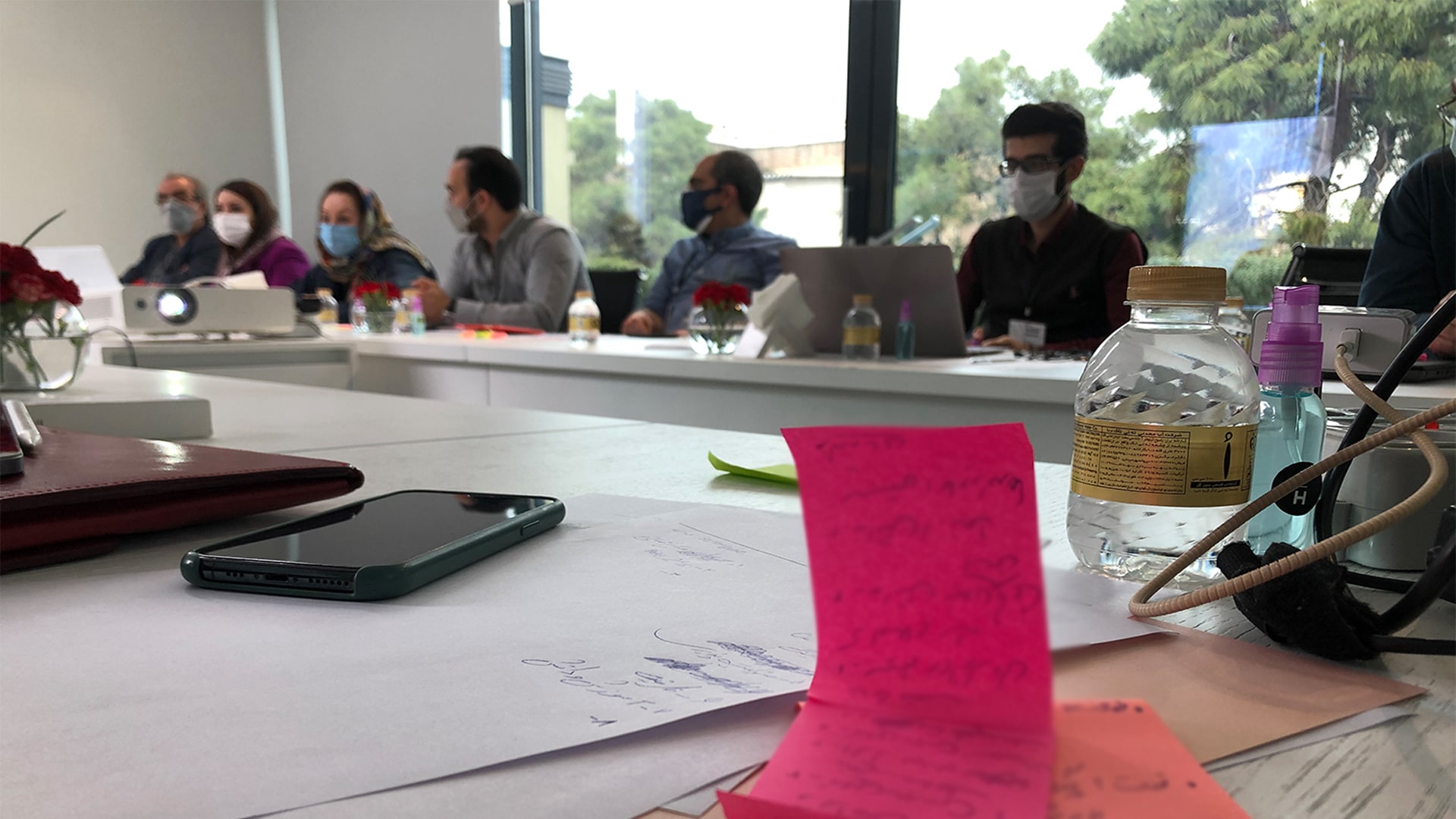

Firstly, this question occurs to many design thinkers and business owners.
Immediately, if we consider the organizational structure as a pyramid, at the top of the pyramid are managers, again at the bottom are employees and the workforce at the operational level.
Meanwhile, based on the results of the empathy phase with the organization, done by the design thinking consultancy team, the presence and effectiveness of design thinking can be correct from both the top and the bottom of the pyramid.
Empathy helps to recognize the organizational needs and their issues.
Compared to applying design thinking to the strategic levels, applying design thinking for solving operational problems and business issues and projects is a faster process with a lower cost.
In fact, the presence of design thinking at the strategic levels of an organization has a long-lasting and significant impact.
It affects the main structure and different layers and sections of the organization as a way of thinking and culture.
Therefore, design thinking at the macro level of an organization is mainly about changing the culture, strategy, and leadership in that system.
So, this is a path that requires the patience and support of all members of the organization.
Before implementing design thinking: What should be done in the organization to prepare the infrastructures for applying design thinking?
First, important aspects that influence design thinking, such as culture, strategy, and leadership model, must be identified.
However, each of these items plays an important role in the organizational structure.
Indeed the three main aspects that must be prepared before implementing design thinking are:
1) Culture: Organizational culture is about relationships, community, and the Dos and Don’ts within the organization.
2) Strategy: Strategy is the main structure of the executive level of an organization that expresses the direction of growth and development of the organization.
3) Leadership: Leadership indicates the members responsible for leading the organization, employees, and strategy.
Additionally for design thinking to be effective and beneficial in organizations, the structures of the three aspects discussed above are very important.
In fact, design thinking creates a culture that leaders use for a specific strategy.
Therefore, to guarantee the success of design thinking in an organization, it is necessary to examine the aspects that play a major role in promoting design thinking.
The first step is to update and fix these aspects, and the next step is to determine the process of implementing design thinking.
Besides, the next phase is to empathize with the organization.
In addition, the process by which the pains, weaknesses, and strengths of an organization are identified.
In summary, at this stage, SWOTing the organization’s structure is helpful.
Moreover, the team of design thinking examines the organization’s goals, values, and supply chain process in the empathy phase.
Aligning organizational culture with design thinking:
Accordingly, to prepare the organizational culture for implementing design thinking, the following sections should be addressed:
1) Relationships based on the organizational pyramid
2) Teamwork
3) Supporting each other and caring
4) Discipline and regularity
5) Change management and change acceptance
6) Targeting and foresight
7) Playful atmosphere
8) Authority
9) Learning and creativity
Aligning strategy with design thinking:
The senior managers of the organization decided on the strategy, the following sections are addressed:
1) The core values of the organization
2) Vision
3) Short-term and long-term goals
4) The main power of the organization
Within this part, branding and marketing are examined:
1) Brand book
2) Marketing strategy document
Aligning leadership with design thinking:
Furthermore, design thinking is a method in which “management” is replaced with “leadership”.
Moreover, leaders are so much into the future, and their passion is doing groundbreaking things.
Truly they encourage others to create innovative solutions to solve problems.
Consequently, successful leaders can empathize with their people to meet their needs properly, and they can build a team in which people do their best.
Last but not least, the leadership approaches in normal and critical situations, and how different organizations lead projects are discussed:
1) Hiring and recruitment
2) Criticizing and encouraging the workforce
3) The approach of problem-solving sessions
4) Defining a clear roadmap for the project
5) Expanding and encouraging teamwork
6) Transparency, responsibility, and accountability
7) Identifying and investing in the strengths of the workforce
By: Majid Ahmadi Khoshbakht




